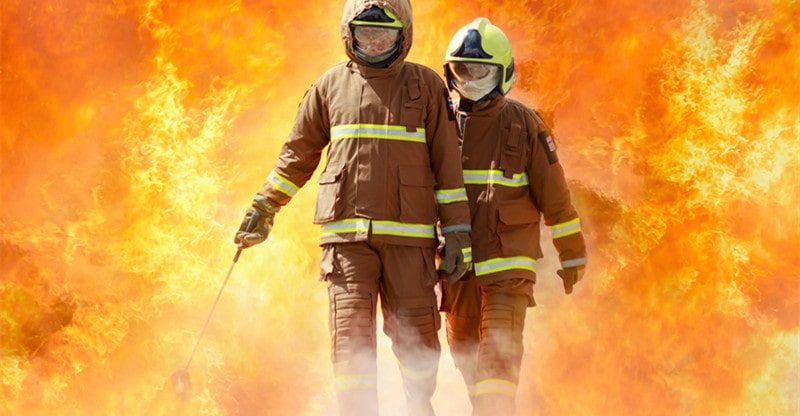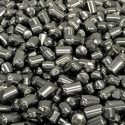FR Outerwear Essentials: Combining Safety with Style
Wearing flame-resistant clothing is critical in industries where workers encounter fire and electrical hazards daily. FR outerwear minimizes the risks of burn injuries by preventing workers from exposure to high temperatures and flames. Flame-resistant workwear is imperative for optimal safety and protection in industries like firefighting, electrical, and oil and gas.
The article highlights some of the most important characteristics of FR (flame-resistant) clothing and how that translates into arc-ratings.
Features of Flame Resistant Garments:
Self-Extinguishing
The raw materials in FR garments are self-extinguishing. It means that the clothing stops burning after removing the source of heat or fire.
Heat-Resistant
The highlight of FR garments is that they withstand high temperatures without igniting, melting into the skin, and causing serious burn injuries.
Arc Flash-Resistant
Arc flashes are high-intensity electric bursts that result in severe burn injuries. The beauty of the FR outerwear is its arc flash-resistant features.
High Durability
Flame-resistant garments are highly durable raw materials that withstand day-to-day wear and tear. Their robust build is suitable for harsh and extreme environments.
Reasons to Wear FR Apparel:
Better Safety and Protection
One of the prime benefits of investing in good quality FR garments is the prevention of burns. It enhances the safety of the employees in specific industries like electrical and oil and gas.
Handling Compliance Issues
Wearing flame-resistant workwear is compulsory in several sectors. Failure to comply with FR policies and regulations results in heavy penalties, fines, and complex legal issues. Employers can avoid unnecessary legal consequences if they stick to FR clothing compliance.
Highly Comfortable
Contemporary flame-resistant garments are lightweight, comfortable, and stylish, allowing employees and workers to perform their duties and responsibilities without discomfort.
Long-Term Cost-Effectiveness
The initial expense of flame-resistant clothing is higher than regular workwear. It is cost-effective in the long run as it prevents burn injuries and absenteeism from work and eliminates the need for workers’ compensation claims.
Lightweight and Stylish Flame-Resistant Clothing
For decades, FR outwear has been overweight and far from fashion. Over the last few years, flame-resistant garments have become more stylish. Employees or workers can choose from wearing flame-resistant shirts, T-shirts, hoodies, jeans, and polo tops. They look good and stylish and offer top-notch protection against arc flashes and fire.
Layering flame-resistant garments beneath the non-FR workwear is an excellent way to protect the employee or worker if the outer clothing catches fire. It prevents burning and melting into the skin and eliminates serious injuries.
Maintaining the style statement, most top-quality flame-resistant garments have baggy and loose fits. Body-hugging garments transfer heat quickly to the skin, leading to severe burn injuries. Baggy clothes create an air layer between the clothing and the skin. It insulates the wearer from the high temperature and increases the protective features.
Working Mechanism of Flame-Resistant Clothing
Top-quality industry-standard flame-resistant garments are made from raw materials to resist heat. Raw materials like Kevlar, Nomex, and Modacrylic have reputations for remarkable flame-resistant qualities. Cotton has a reputation as a naturally resistant fabric against high temperatures and flames. When it is chemically treated, it boosts the protective and heat-resistance qualities.
Flame-resistant fabric doesn’t continue to burn after eliminating the heat/combustion source. It means that the fabric won’t melt into the skin and cause serious burn injuries. Fabric melting into the skin causes more damage and severe injuries and results in life-long disabilities.
Different FR materials offer distinct benefits. The material that protects a wearer in one setup might not be suitable for another. Workers and employers should check the arc ratings and the safety level of fabric ideal for specific workplaces and industries.
Conclusion
Stylish and top-quality FR outerwear is pivotal in industries where employees or workers encounter fire hazards daily. Unique features like self-extinguishing, heat resistance, arc flash resistance, and high durability make flame-resistant clothing the preferred workwear for the utmost safety and protection. Wearing FR workwear is a compulsion in several sectors, and failure to comply results in hefty fines and penalties.



